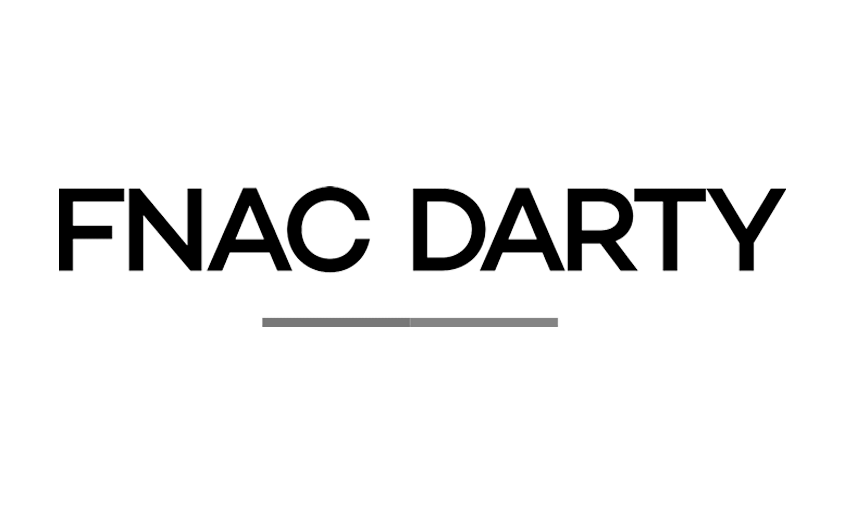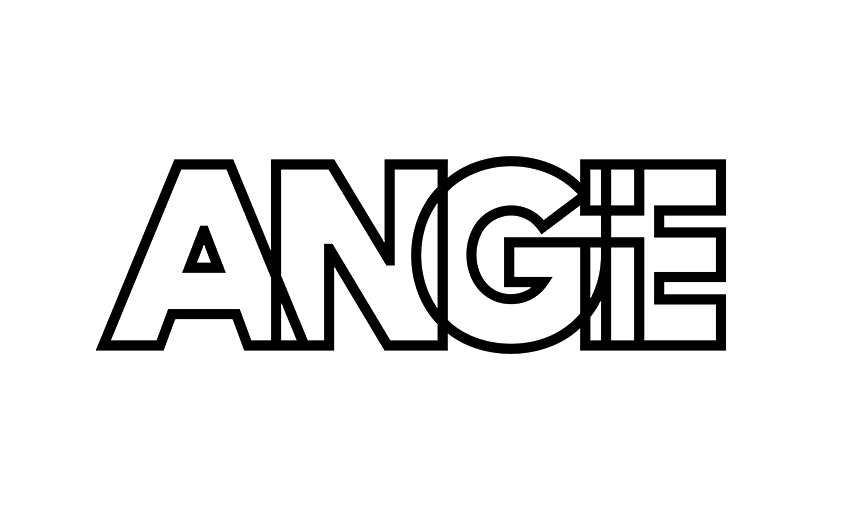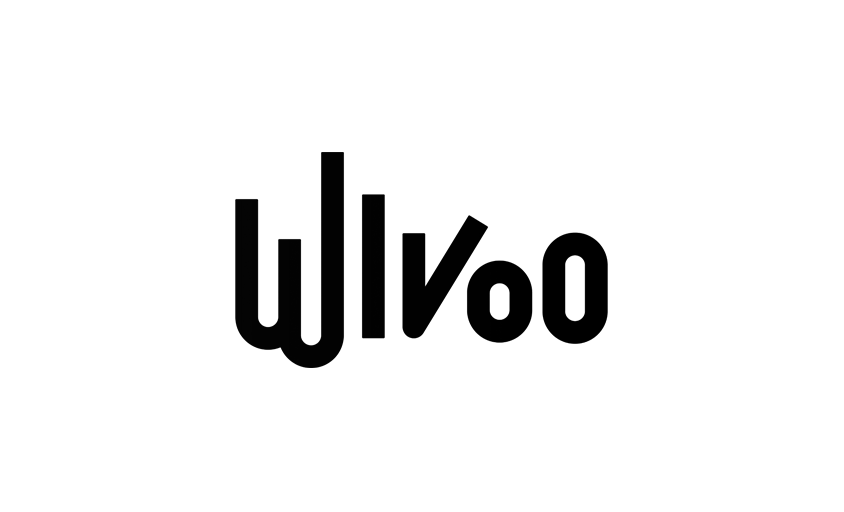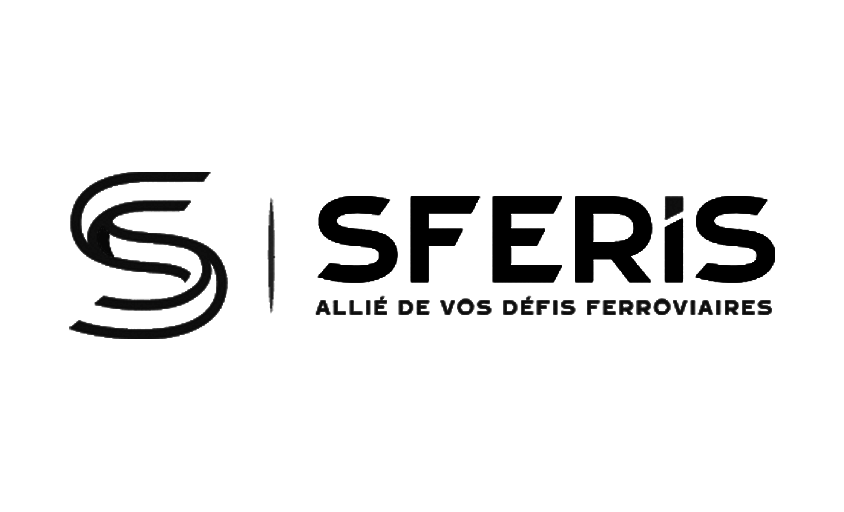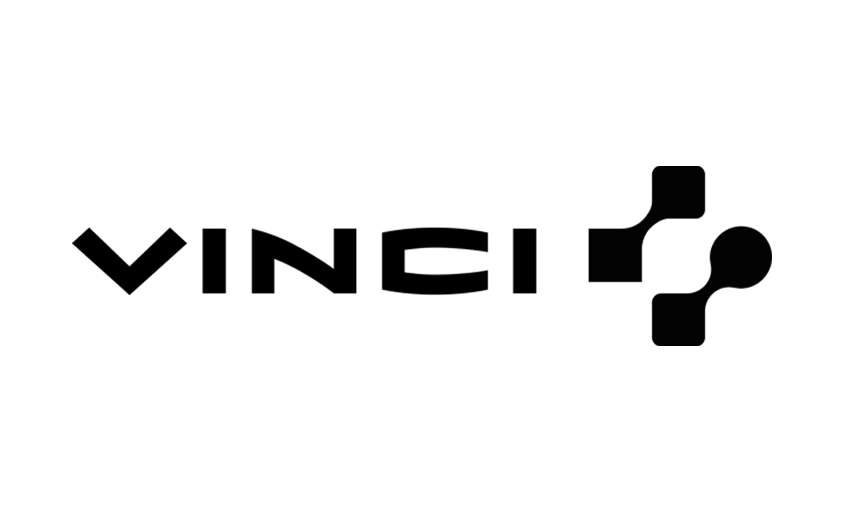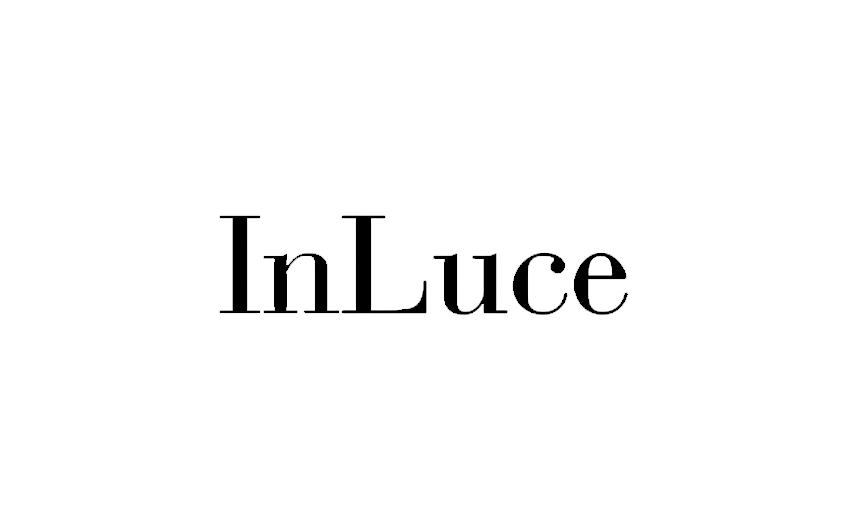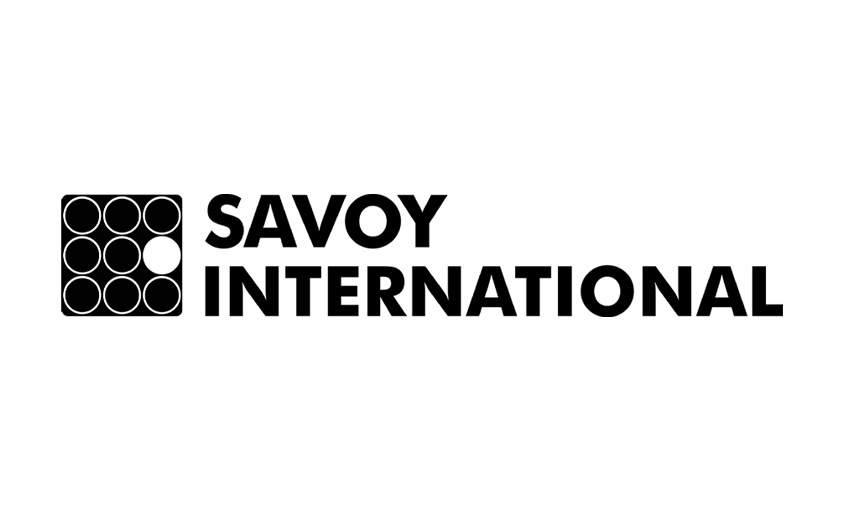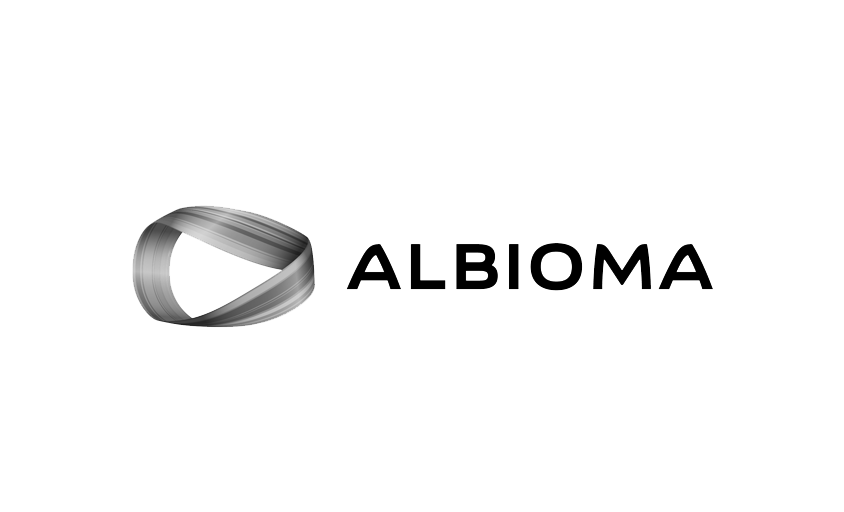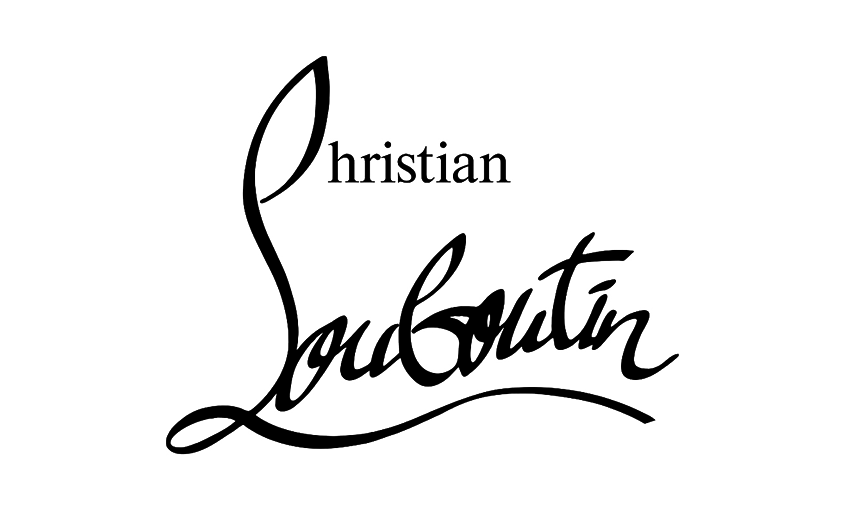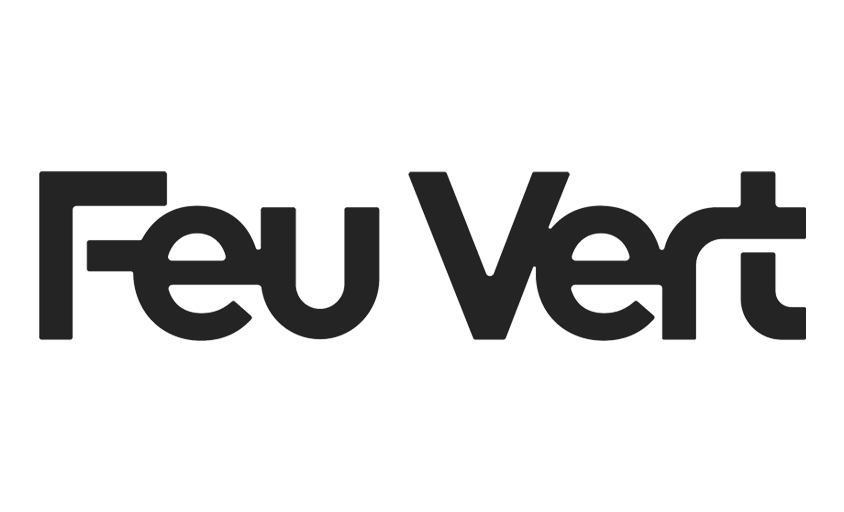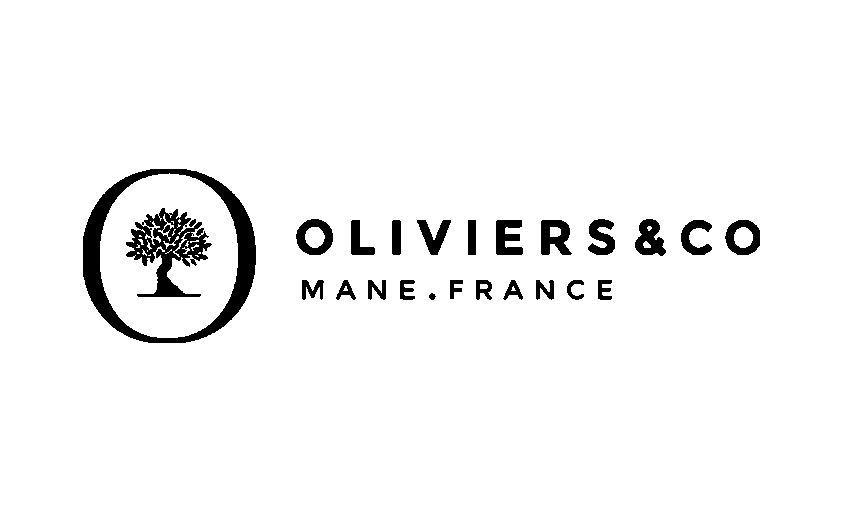Advertising Photography: Everything You Need to Know
In this article :
Advertising photography is an artistic and commercial discipline that goes far beyond simply taking pictures. It is the art of creating captivating, emotional, and persuasive visuals to promote products, services, or ideas.
In this in-depth article, we will explore the world of advertising photography, examining its challenges, the key factors for success, the professions involved, and a brief introduction to its history.

What is Advertising Photography?
Advertising photography is a specialized form of photography aimed at promoting products, services, or ideas using visually appealing and persuasive images. It is widely used in marketing and advertising to reach a broad audience and influence purchasing behavior.
Advertising photography goes far beyond simply capturing an image. It involves creating images designed to evoke emotions, tell a story, and generate a desire to buy. These images are intended for use across various advertising media, such as print ads, billboards, online publications, social media, catalogs, brochures, television commercials, and more.
The goals of advertising photography are multiple:
- Capture Attention: Advertising images must be striking and captivating to stand out in an environment saturated with visual information.
- Evoke Emotions: Images should trigger emotions that create a connection between the product or service and the audience, such as joy, nostalgia, excitement, or desire.
- Promote Brand Identity: Images need to reflect the brand’s identity, including its values, style, and personality, to reinforce brand recognition.
- Influence Purchasing Behavior: The ultimate goal is to persuade viewers to purchase the product or service. Advertising photography aims to create a desire to buy.
To achieve these objectives, advertising photography relies on specific techniques, including the use of lighting, color, composition, and staging to produce powerful images. Photo retouchers often collaborate with photographers to enhance the appearance of products and models while maintaining authenticity.
Advertising photographers work closely with creative teams, graphic designers, art directors, stylists, makeup artists, models, and other professionals to bring their vision to life. Together, they create images that are both persuasive and perfectly aligned with the campaign’s objectives.
In summary, advertising photography is a visual communication art that plays a crucial role in modern marketing. It transforms products and services into engaging visual experiences, influencing consumer purchasing decisions.
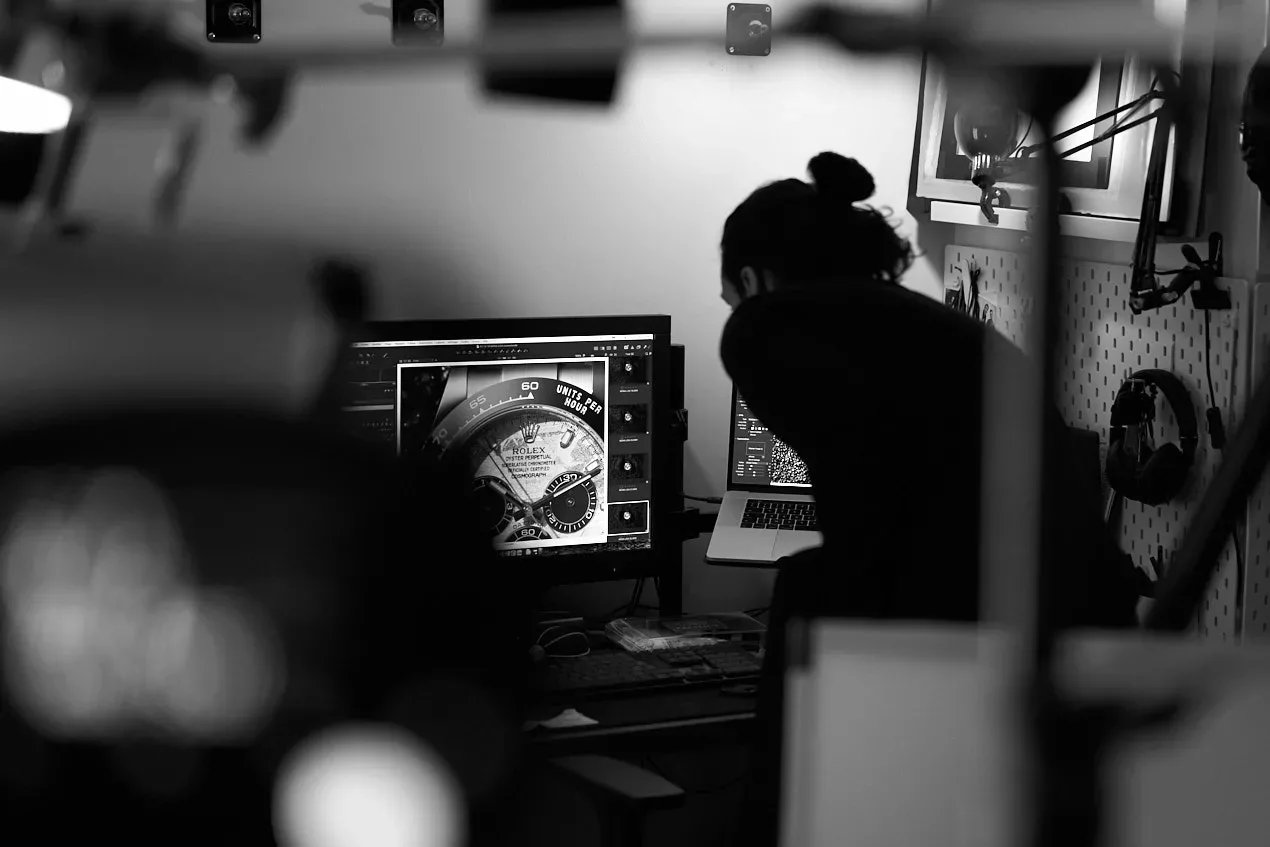
What Are the Different Profiles of Advertising Photographers?
Advertising photographers work across various fields of advertising, each requiring specific skills and expertise. Here are the main types of advertising photographers:
- Product Photographer:
Specializes in photographing consumer or luxury products, highlighting details and benefits. - Fashion Photographer:
Works in the fashion industry to capture clothing, accessories, and models for advertising campaigns. - Food and Beverage Photographer:
Creates mouth-watering images of dishes and drinks for culinary advertising campaigns. - Corporate Photographer:
Focuses on symbolically representing a company’s activities, its employees (headshots, team photos, editorial portraits, professional portraits), and its resources (offices, tools, services, etc.). - Automotive and Technical Product Photographer:
Captures vehicles and technical products for the automotive and electronics industries. - Travel and Adventure Photographer:
Captures images of tourist destinations, travel experiences, and adventures to promote tourism and outdoor brands. - Nature and Wildlife Photographer:
Specializes in wildlife, flora, and natural landscapes for advertisements related to nature and conservation.
These categories cover the main areas of advertising photography, providing an overview of common specializations in the field.
What Are the Stakes of Advertising Photography?
Taking advertising photographs is crucial for various types of businesses, whether they operate in the primary sector (industry), the secondary sector (retail, luxury, cosmetics), or the tertiary sector (restaurants, services). Here’s why:

For Companies in the Primary Sector (Industry)
- Promoting Technical Products or Services:
Industrial companies often produce goods or technical services that can be difficult to explain with words. Photography allows these products or services to be shown visually, making them easier for potential clients to understand. - Highlighting Quality and Reliability:
Well-crafted product images emphasize the quality and reliability of industrial goods, strengthening customer trust in the brand. - Illustrating Production Processes:
Photographs can showcase manufacturing processes and the supply chain, demonstrating the company’s transparency and professionalism.
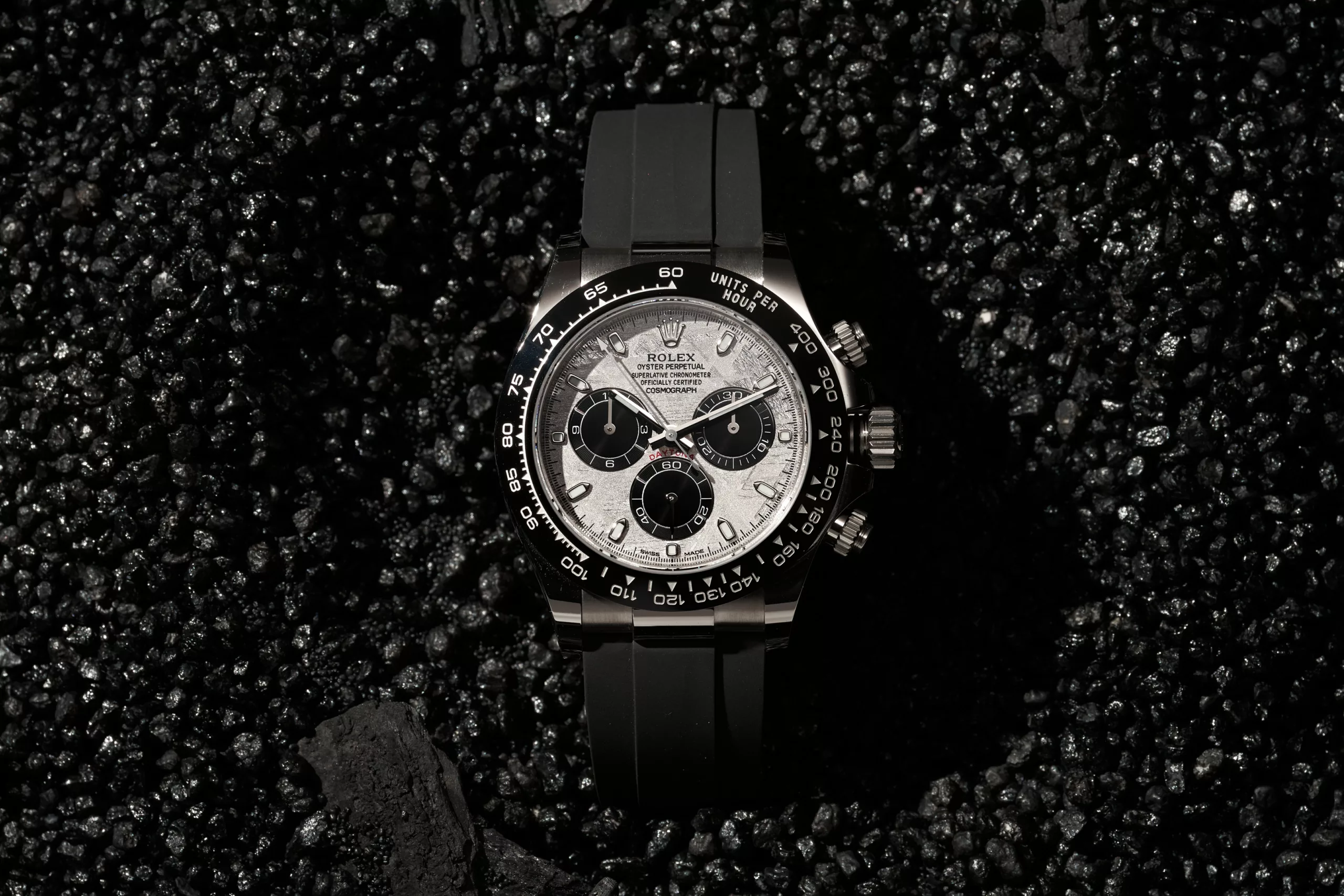
For Companies in the Secondary Sector (Retail, Luxury, Cosmetics)
- Creating Aspiration and Brand Identity:
Advertising photography is essential for building aspiration around luxury and cosmetic products. It helps convey an image of exclusivity and quality. - Product Staging:
Images can showcase products in an appealing way, demonstrating how they can be used and integrated into consumers’ daily lives.

For Companies in the Tertiary Sector (Restaurants, Services)
- Showcasing Services:
For service-based businesses, photography can capture staff in action, the premises, and the overall atmosphere. This gives clients an idea of what to expect. - HR Differentiation:
Advertising photography allows tertiary sector companies to stand out from the competition, for example through employer branding. It highlights what makes them unique and why clients should choose their services. - Creating a Customer Experience:
Photographs help create an immersive customer experience, both in physical stores and online. They evoke emotions and encourage purchases.
In summary, advertising photography is a powerful tool for all businesses, regardless of their sector. It enables visual communication with clients, builds a strong brand identity, showcases products or services, and drives sales. It is essential for capturing consumer interest and prompting action, whether that’s buying a product, booking a service, or visiting an establishment.
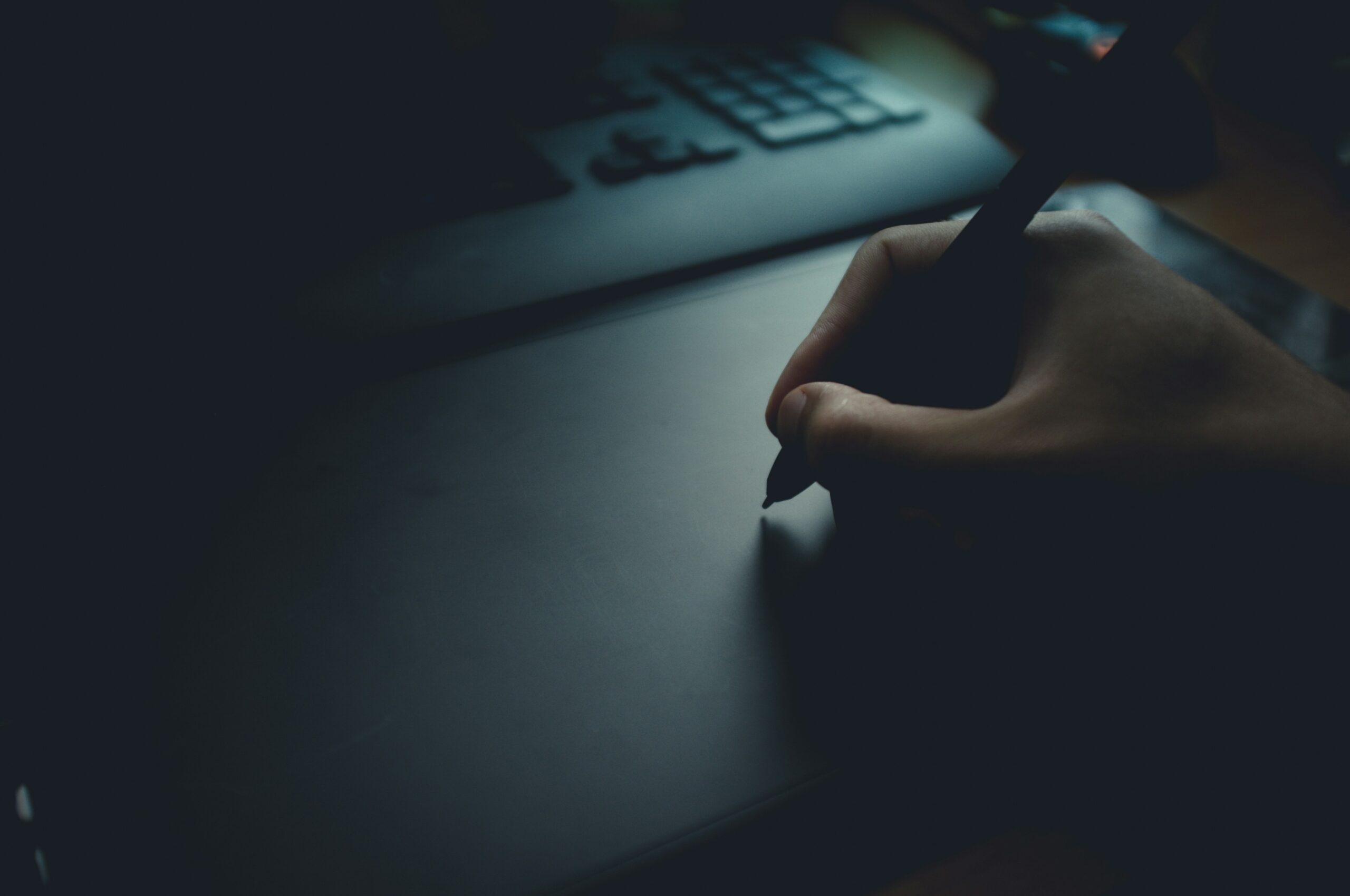
Quels sont les métiers liés à la photographie publicitaire?
L’univers du photographe publicitaire est un monde complexe et interdisciplinaire où de nombreux professionnels collaborent pour créer des images publicitaires. Voici une liste des principaux métiers qui composent cet univers :
- Le Photographe Publicitaire :
Le photographe est la personne chargée de capturer l’image. Il travaille en étroite collaboration avec l’équipe créative pour donner vie à la vision de la campagne publicitaire. Le photographe doit maîtriser la technique photographique, la composition, la gestion de la lumière, et la retouche photo.
Le photographe peut être spécialisé en natures mortes (produits, parfums, horlogerie), corporate (photographie d’entreprise, portraits), culinaire, mode, etc… - Le Directeur Artistique :
Le directeur artistique est responsable de la conception visuelle de la campagne publicitaire. Il travaille en collaboration avec le photographe pour définir le style, l’esthétique et l’ambiance de l’image. Il veille à ce que l’image soit cohérente avec l’identité de la marque. - Le Styliste :
Le styliste est chargé de choisir les vêtements, les accessoires, les décors, et tout ce qui compose l’image. Il s’assure que chaque élément contribue à la narration de la campagne et au message de la marque. - Le Maquilleur et le Coiffeur :
Dans le cas de photographies mettant en scène des modèles, le maquilleur et le coiffeur, couramment désigné comme « Muah » (Make Up And Hair), sont responsables de l’apparence des modèles. Ils veillent à ce que le maquillage et la coiffure correspondent à la vision de la campagne. - Le Modèle :
Les modèles sont les visages de la campagne publicitaire. Ils doivent être en mesure d’exprimer les émotions et les attitudes souhaitées pour l’image. Le choix du modèle dépend de la cible démographique et du message de la campagne. - Le Responsable de la Lumière :
Le responsable de la lumière travaille avec le photographe pour créer l’éclairage parfait. La gestion de la lumière est essentielle pour mettre en valeur le produit ou le modèle et créer l’ambiance souhaitée. - Le Directeur de Production :
Le directeur de production coordonne tous les aspects pratiques de la séance photo, notamment la réservation de lieux, la gestion du budget, la logistique, et l’organisation générale de la séance. - Le Retoucheur Photo :
Le retoucheur photo est chargé d’améliorer l’apparence de l’image après la prise de vue. Il corrige les imperfections, ajuste la couleur, la luminosité et le contraste pour obtenir l’effet souhaité. Il livre une photographie dans un format et un type de fichiers photo choisit en amont. - Le Graphiste :
Le graphiste peut intervenir pour ajouter du texte, des éléments graphiques, ou des effets spéciaux à l’image. Il s’assure que l’image est prête à être utilisée dans différents supports publicitaires. - Le Producteur Audiovisuel :
Dans le cas de campagnes publicitaires vidéos, le producteur audiovisuel supervise la création de vidéos publicitaires. Cela implique la gestion de l’équipe de tournage, la post-production, et le montage. - Le Client ou Annonceur :
Le client est la personne ou l’entreprise qui commande la campagne publicitaire. Il collabore étroitement avec l’agence de publicité et les professionnels de la création pour définir les objectifs de la campagne et approuver les concepts et les images finales. - L’Agence de Publicité :
L’agence de publicité est souvent l’entité qui gère la campagne publicitaire de A à Z. Elle coordonne les différentes parties prenantes, du concept initial à la diffusion de la campagne.
Tous ces professionnels travaillent ensemble pour créer des images publicitaires qui non seulement captivent le public, mais qui transmettent également un message clair et cohérent en accord avec la marque ou le produit annoncé. Chaque métier a un rôle spécifique à jouer pour garantir le succès de la campagne publicitaire.
What Are the Professions Related to Advertising Photography?
The world of advertising photography is a complex, interdisciplinary field where many professionals collaborate to create compelling visual content. Here is a list of the main roles involved:
- The Advertising Photographer:
The photographer is responsible for capturing the image. They work closely with the creative team to bring the campaign vision to life. The photographer must master photographic techniques, composition, lighting, and photo retouching.
They may specialize in still life (products, perfumes, watches), corporate (company photography, portraits), culinary, fashion, etc. - The Art Director:
The art director oversees the visual design of the advertising campaign. They collaborate with the photographer to define the style, aesthetics, and mood of the image, ensuring it aligns with the brand identity. - The Stylist:
The stylist selects clothing, accessories, props, and all visual elements. They ensure that every item contributes to the campaign narrative and the brand’s message. - Makeup Artist and Hair Stylist (MUAH):
For shoots involving models, the makeup artist and hair stylist are responsible for the model’s appearance, making sure the look matches the campaign’s vision. - The Model:
Models are the faces of the campaign. They must convey the desired emotions and attitudes for the image. Model selection depends on the target demographic and the campaign message. - The Lighting Technician:
The lighting technician works with the photographer to create the perfect lighting. Proper lighting enhances the product or model and establishes the desired atmosphere. - The Production Manager:
The production manager coordinates all practical aspects of the shoot, including location bookings, budget management, logistics, and overall organization. - The Photo Retoucher:
The retoucher improves the appearance of images after the shoot, correcting imperfections, adjusting color, brightness, and contrast, delivering images in the pre-determined format and file type. - The Graphic Designer:
The graphic designer may add text, graphics, or special effects, ensuring the image is ready for use across various advertising platforms. - The Audiovisual Producer:
For video advertising campaigns, the audiovisual producer oversees video production, managing the filming team, post-production, and editing. - The Client or Advertiser:
The client is the person or company commissioning the campaign. They collaborate with the agency and creative professionals to define objectives and approve concepts and final images. - The Advertising Agency:
The agency often manages the campaign from start to finish, coordinating all stakeholders from the initial concept to campaign delivery.
All these professionals work together to create advertising images that captivate the audience while conveying a clear, coherent message aligned with the brand or product. Each role is essential to ensure the campaign’s success.
Conclusion
At Rétines, our team of talented photographers and creatives work in harmony to bring your vision to life. We understand that every image must tell a story, convey emotion, and inspire action.
If you want to elevate your advertising message, build a strong brand identity, and achieve your business goals, Rétines is here to guide you through this visual journey.
Contact us today to learn more about how we can help you shine in the world of visual advertising.
Jérémy Carlo is the editorial director at Rétines, where he ensures the consistency and clarity of all content produced by the studio.
Our Clients
Let’s discuss
What we do for you at Rétines
Meticulous work, an organised project and fast delivery. And to achieve this, we mobilise the right resources in our teams at the right time.
01
Pre-production
Artistic and technical direction tailored to the project.
Relevant recommendations on content, form and resources.
02
Photo Shooting
Photos taken by our experienced photographers.
Production that’s controlled, efficient and tailored to the needs of the project, with nothing superfluous.
03
Retouching
Technique
Photographs magnified by our retouching team.
Post-production to meet the commercial challenges of the brief.

